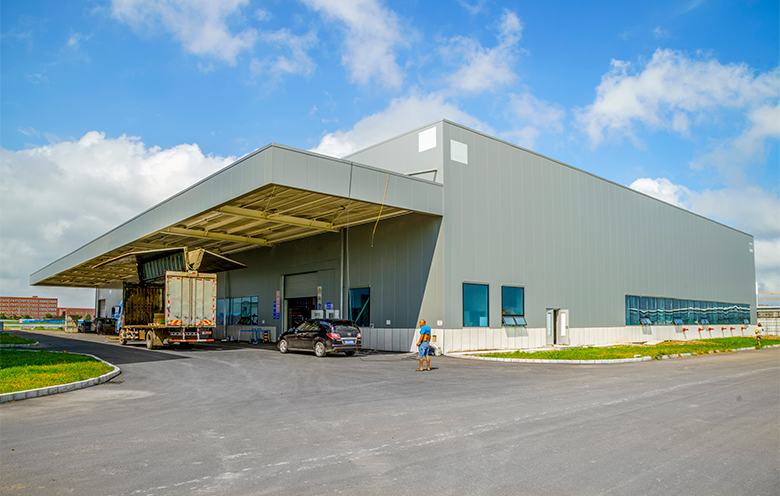Perishable goods are consumed by almost everyone on a daily basis. These products include fruits, vegetables, dairy products, meat and poultry, fresh food, frozen food, seafood and even pharmaceutical products. Since these goods are temperature-sensitive and their storage time varies from a few days to a few years, these items are stored in temperature-controlled rooms. This is essential to ensure their safety and quality. Moreover, it is also important to ensure that the temperature of the room must never exceed the optimal temperature.
Industries dealing with perishable goods have been using cold storage facilities for decades now. These facilities require critical monitoring as well as control of temperature and humidity. Monitoring these facilities has not been an easy task, but the advent of new technologies has made it quite convenient.
Instrumenting your cold storage facility with an IoT-enabled cold storage monitoring solution helps you to record, monitor and maintain the conditions inside the facility on a regular basis.
What are the challenges faced in cold storage monitoring?
Maintaining requirement of various products
Various products that are kept in different sections of one facility require unique temperatures to be maintained to prevent decay and extend its shelf-life. Along with constant monitoring, whenever a deviation is detected, adjustments must be made immediately as weather changes and temperature fluctuations affect the environment and can have adverse effects on the stock.
Strictly adhere to industry standards and compliance
There are certain regulatory compliances that manufacturers, wholesalers and retailers must maintain for which they need to record the data periodically and ensure that items have been maintained under specified conditions.
Difficulty in tracing products and labeling racks
Considering the huge size of warehouses, it is not easy to trace products. This makes it difficult to locate products and move them quickly through the warehouse and monitor the changes happening to these goods.
Internet of Things and artificial intelligence (AI) transforms the way devices interact with each other. The autonomous capabilities that these technologies hold, help to eliminate human involvement.

Benefits of implementing IoT solutions for cold storage facilities
Real-time monitoring
Implementation of an IoT solution for cold storage facilities helps to monitor the necessary parameters and adjusts them when deviation occurs from their preset values. This helps to prevent food decay. The solution also sends alerts via SMS text and email whenever an anomaly is detected. Hence, preserving the item and maintaining regulatory compliance becomes easy.
Employee and asset safety
Smart IoT sensors send you alerts whenever they detect a system failure. It helps you to address risky scenarios in real-time and enables you to take immediate action to avoid a disaster. IoT-enabled systems maintain a detailed record of every activity to improve the security of cold storage facilities.
Well-organized stock management
A cold storage management system keeps you informed about the empty spaces in your cold storage for its optimal usage. Also, the IoT sensors collect data and record the movement of assets and other items to send alerts in case they detect any abnormal movement suspecting a theft. Not only that, but the system also sends alerts about the expiry of a product to make sure that it is moved out for selling in time.
Minimizes human involvement
An IoT-enabled monitoring solution automates several processes in your cold storage facility and ensures that you don’t have to involve many staff members for stocking and dispatching goods.
Cold storage temperature monitoring
As said above, a temperature monitoring solution is beneficial for industries that deal with temperature-sensitive and perishable goods. Furthermore, this solution also helps in maintaining the temperature of goods in the cold chain as well.
A cold storage temperature monitoring solution includes thermostats and sensors that constantly measure the temperature of a closed system, capture data and send it to a centralized platform over a network. This helps the logistics manager to monitor the shipment remotely and ensure the maintenance of optimum temperature.
The implementation of a cold storage temperature monitoring solution is helpful for climate-sensitive perishable items. Smart warehouse solution is easy to incorporate, convenient to use and ensures that the quality of goods does not degrade in warehouse and shipping.
A cold storage monitoring solution would be most beneficial for:
- Agriculture industry
- Blood banks
- Food & beverage industry
- Healthcare industry
- Pharmaceutical facilities
- Restaurant chains
- Food manufacturing facilities
- Educational institutions that provide meals to students, etc.
The final say
All in all, the implementation of an IoT-based cold storage monitoring system leads to the optimum utilization of space and resources. It helps to track the usage pattern and power consumption of devices, minimize wastage, detect anomalies within the facility and monitor and control the intensity of light as per the changes in daylight. An IoT-enabled monitoring solution brings terrific value to businesses and enhances profitability. To know more about how IoT-enabled cold storage monitoring helps to increase your ROI, please talk to our experts.









